The gaming industry is riding a wave of price hikes that hits developers and players alike. Microsoft has rolled out another set of cost adjustments across its Xbox ecosystem. The company points to changing macroeconomic conditions, according to Microsoft's official statement.
Let's get specific. On May 1, 2025, Microsoft announced the Xbox Series S would jump from $379 to $399 in the U.S. The premium Series X Galaxy Black model now retails for $799.99, up from $729.
Here is the strategic twist. Microsoft announced the increases well before the holiday crush, setting expectations instead of springing a surprise in December. This timing lets them rip off the Band-Aid all at once rather than death by a thousand cuts, a move that usually draws less backlash than slow, repeated bumps.
Why tariffs are driving hardware costs through the roof
The root cause sits in factories and freight lanes most players never see. Microsoft's hardware is built in Asian markets, making it highly susceptible to tariff fluctuations. The company moved first, and tariff-induced price hikes are now a reality across the industry.
When consoles are made in Asia and sold worldwide, international trade policy becomes a line item on the price tag. Microsoft read the room. Sony had already raised console prices in regions outside the U.S., and Nintendo had announced its first $80 game alongside higher Switch 2 accessory pricing. With rivals nudging prices upward, Microsoft had cover, their increases would not land as a solo act.
PRO TIP for Consumers: Even after a hike, the Xbox Series S remains $50 cheaper than the Switch 2, a sign Microsoft aimed to hold a competitive perch, not just pass along costs.
Zoom out to the larger economy. The macroeconomic backdrop includes higher-than-expected persistent inflation and increases in supply chain costs. Microsoft's note about rising market and development costs reflects pressures that go beyond tariffs.
The ripple effect on game development costs
The pain is not only at retail. It is reshaping how games get made. Developers are staring at a bill that grows on every line. Microsoft's funding deals for Game Pass titles have become more limited in scope, which changes how independent studios plan. Those agreements once helped some teams break even before launch, a vital safety net.
Who feels it most? Big studios can absorb higher dev kit costs, chalk it up as a budget line. Indies, running lean, get squeezed from both sides, pricier kits and tighter funding. That mix can change which games even make it out of pre-production.
Subscription math tells a second story. As subscriber numbers plateau and growth slows, Microsoft is being more conservative. The freewheeling era of experimental funding, when Microsoft's bottomless coffers bankrolled countless small titles, is giving way to bets on proven concepts and known teams.
PRO TIP for Developers: Diversify your funding now. Studios are blending traditional publishing, crowdfunding, and early access to reduce dependence on any single source.
What this means for the broader gaming ecosystem
These shifts reach beyond Microsoft and mirror how players are behaving. Sony has already raised console prices multiple times in regions outside the U.S., and Nintendo has announced its first $80 game alongside increased Switch 2 accessory pricing. Analysts expect competitors to follow with similar price increases across hardware, accessories, and games.
The surprise is what did not happen, no massive revolt. Microsoft announced these increases globally with minimal backlash. Gamers appear more willing to pay premium prices for premium experiences. Historically, full game prices have not tracked inflation and drew more pushback. Not this time.
Market positioning matters here. PlayStation and Nintendo console sales have been tracking above or in-line with previous generations despite consoles not dropping in price like previous generations. The appetite seems there, especially among early adopters who want the cutting edge.
Sony's PlayStation hardware is manufactured in China, so it faces similar tariff risks. That makes it hard to imagine a world where Sony does not follow with price increases on PlayStation hardware, accessories, and games. The real question is how each company frames those moves to keep an edge.
Where do we go from here?
This round of adjustments signals a turn toward a more mature, economically realistic industry. Microsoft has indicated that even Game Pass Ultimate subscribers may face future increases, given past hikes in 2023 and 2024. For now, Game Pass Ultimate will not see an increase at its $20 monthly rate, though history suggests that restraint will not last forever.
For developers, the playbook is shifting from growth at any cost to smart resilience. Subscription service funding becomes less reliable as services exit their land-grab phase. The subscription bubble has essentially popped, so expect more selective deals, a lot like TV streaming once the boom cooled.
There is a silver lining. Consumer acceptance of higher price points hints at a market settling into sustainable economics. Many gamers are willing to pay price points above $70 for big, anticipated releases. That opens doors for teams who can deliver true premium.
PRO TIP for the Industry: The fourth quarter's high sales volume gives both Microsoft and Sony time to use existing inventories. The full impact will lag, a short window to recalibrate before new cost structures really bite.
Bottom line, the industry is shifting from subsidized, growth-first tactics to sustainable, profit-minded operations. For consumers, that means being choosier and exploring free-to-play and other accessible forms of gaming as prices rise. For developers, it means smarter funding mixes and more deliberate platform partnerships.
The era of cheap hardware and abundant cash for experiments may be fading. Innovation does not have to fade with it. It just needs clearer priorities. Early adopters will keep paying top dollar for cutting-edge experiences, while the mass market will ask, plainly, is this worth it?




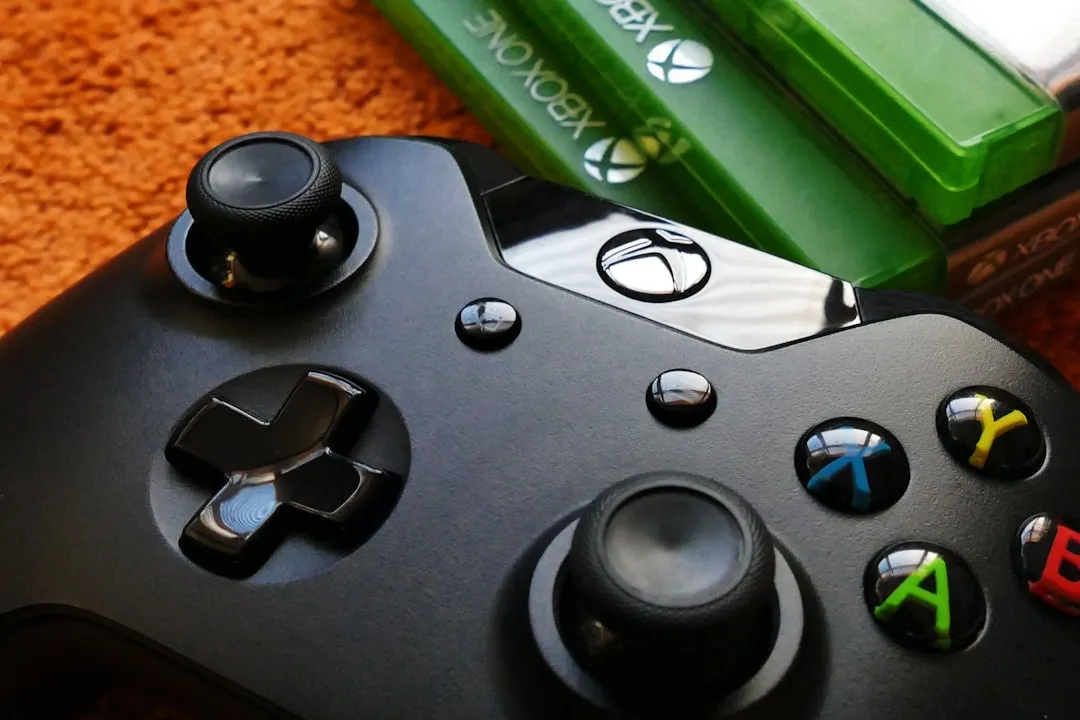
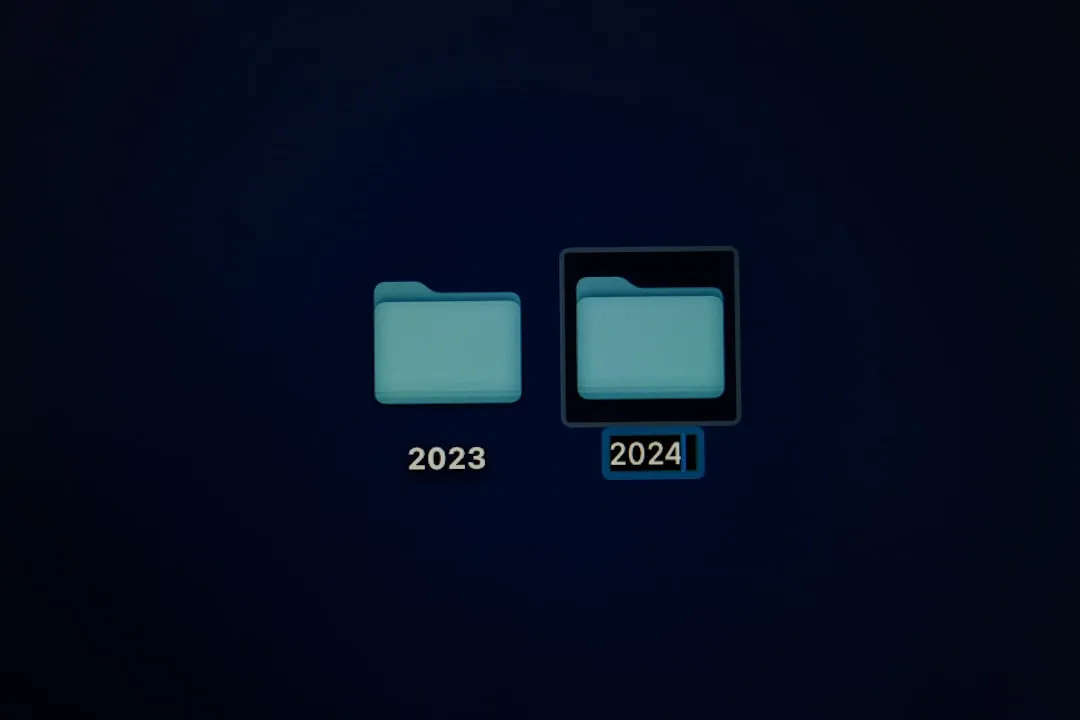

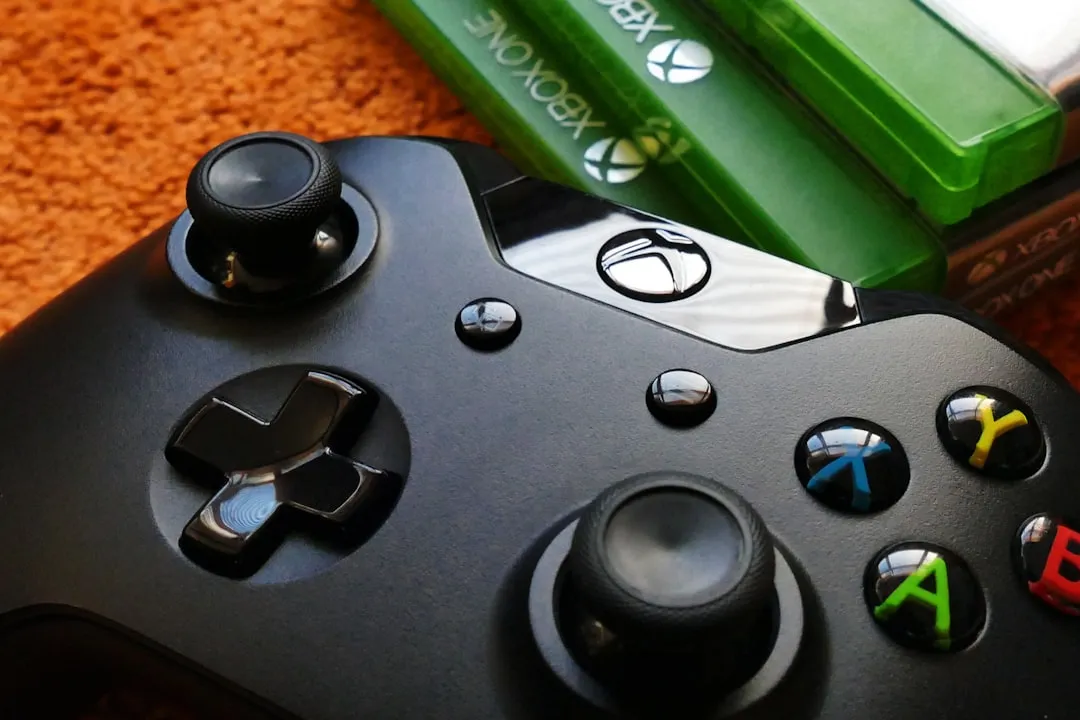
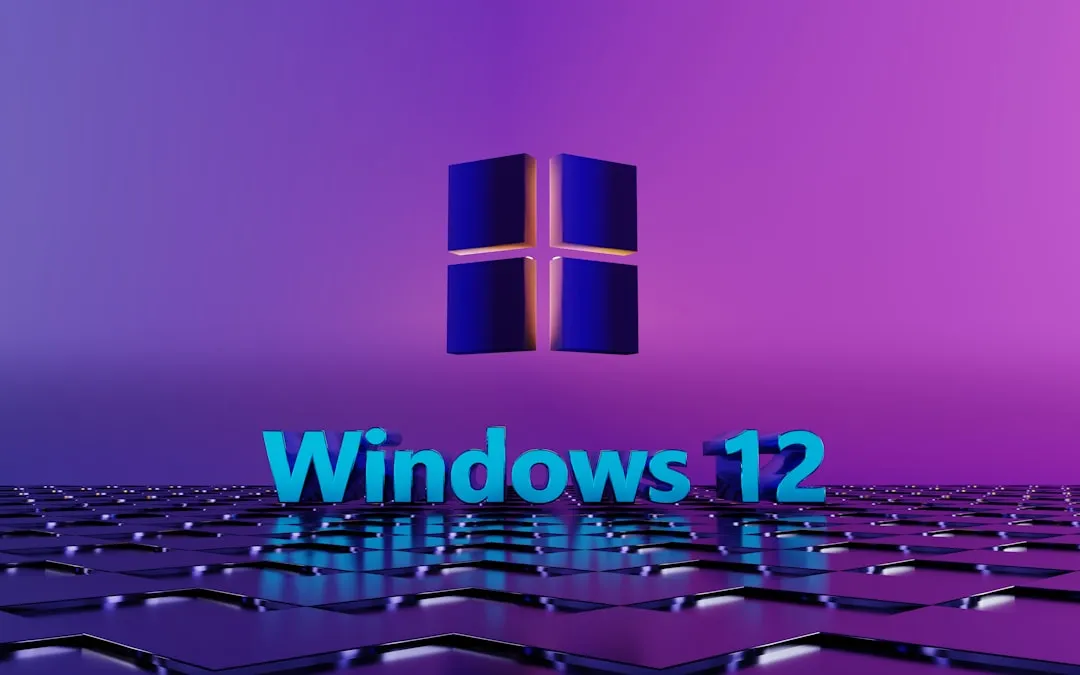
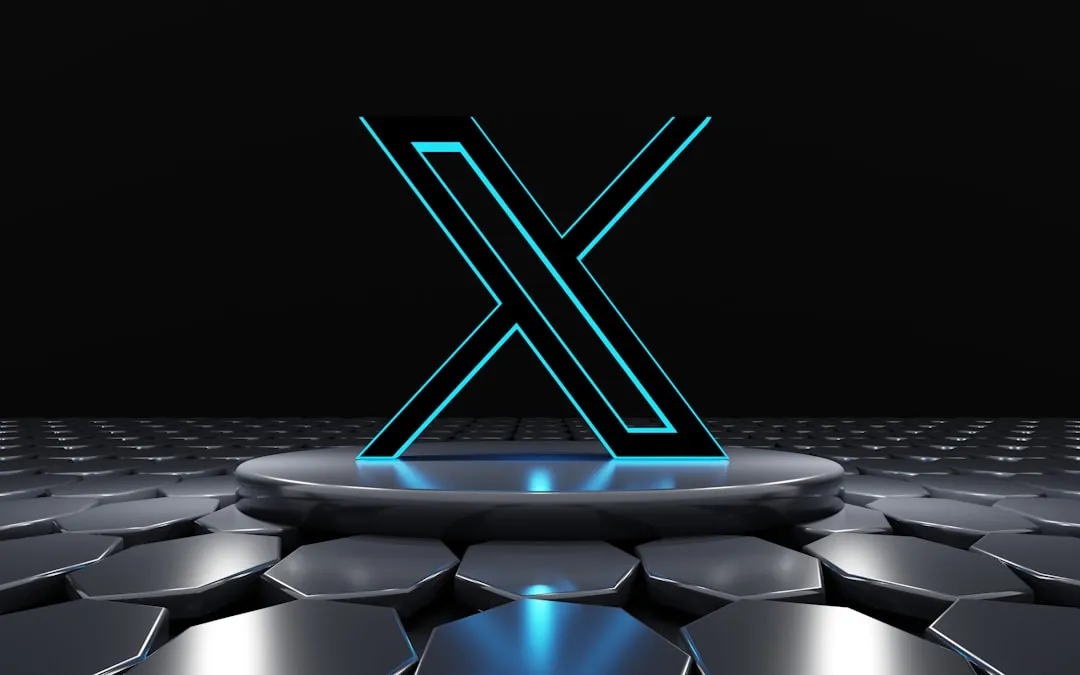
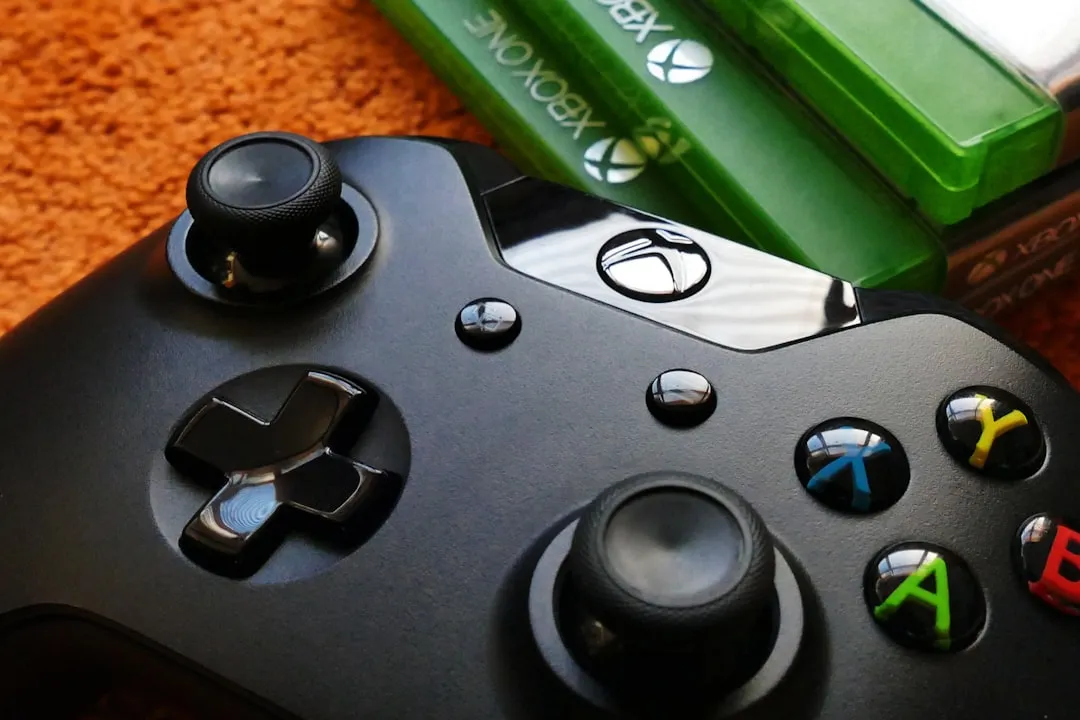

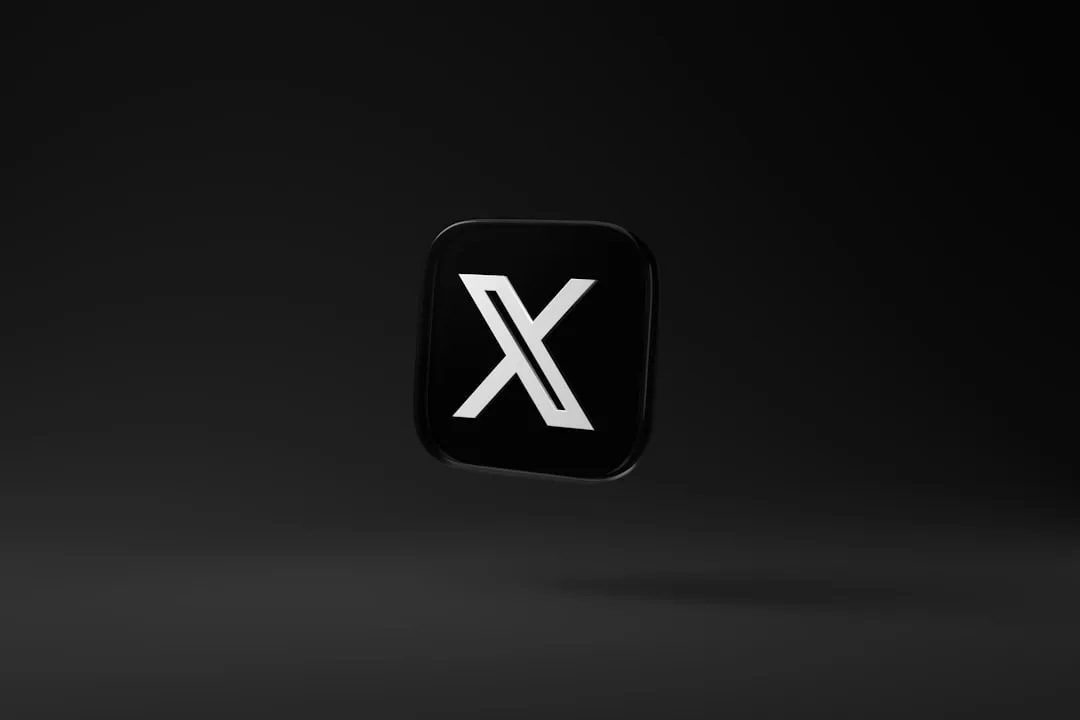
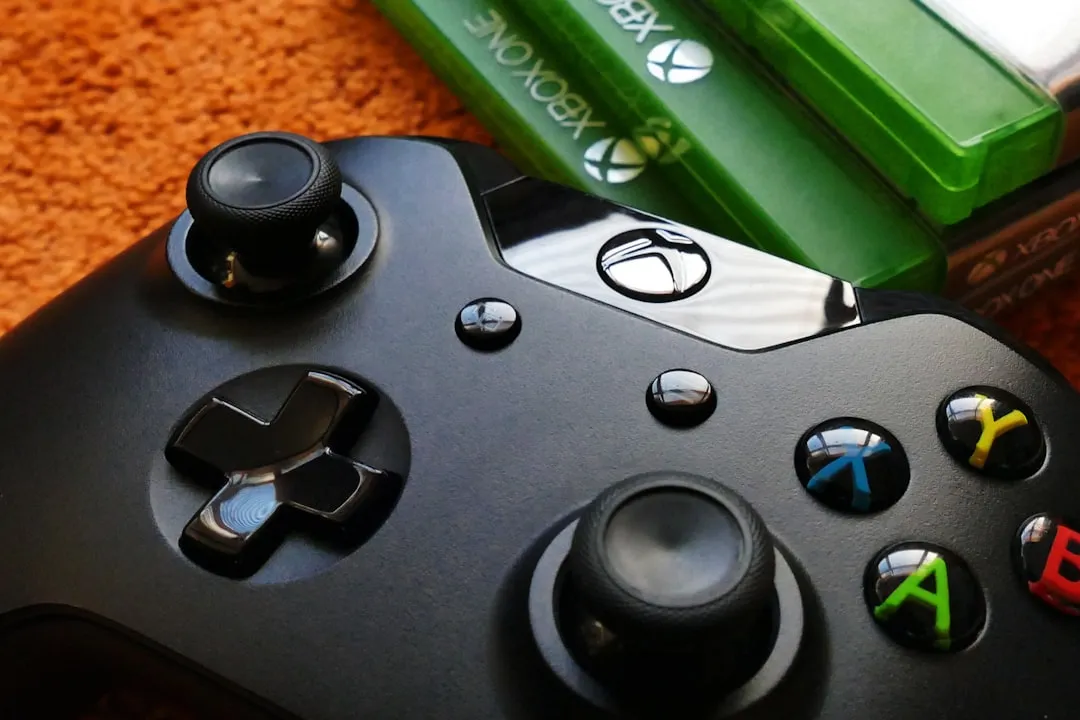
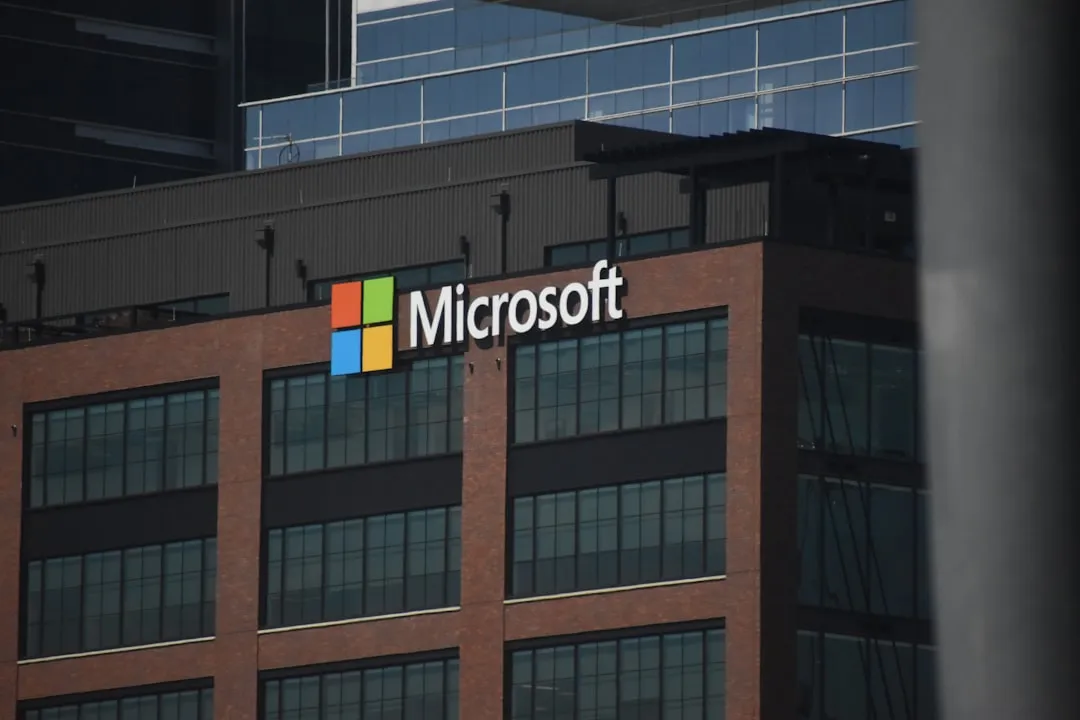
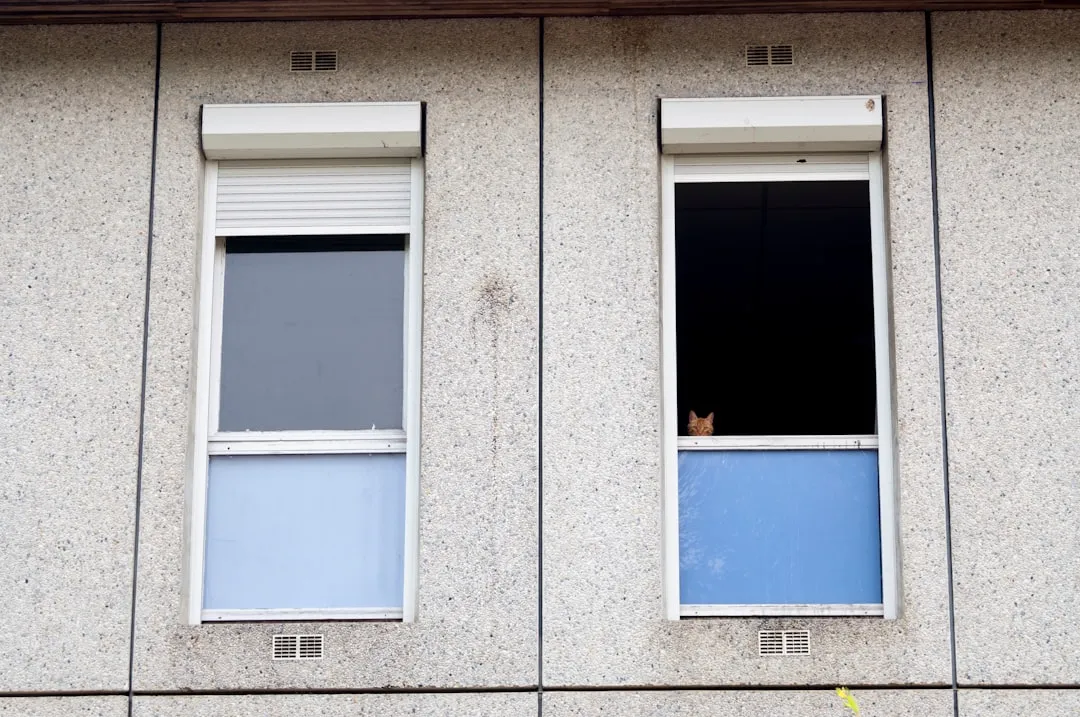
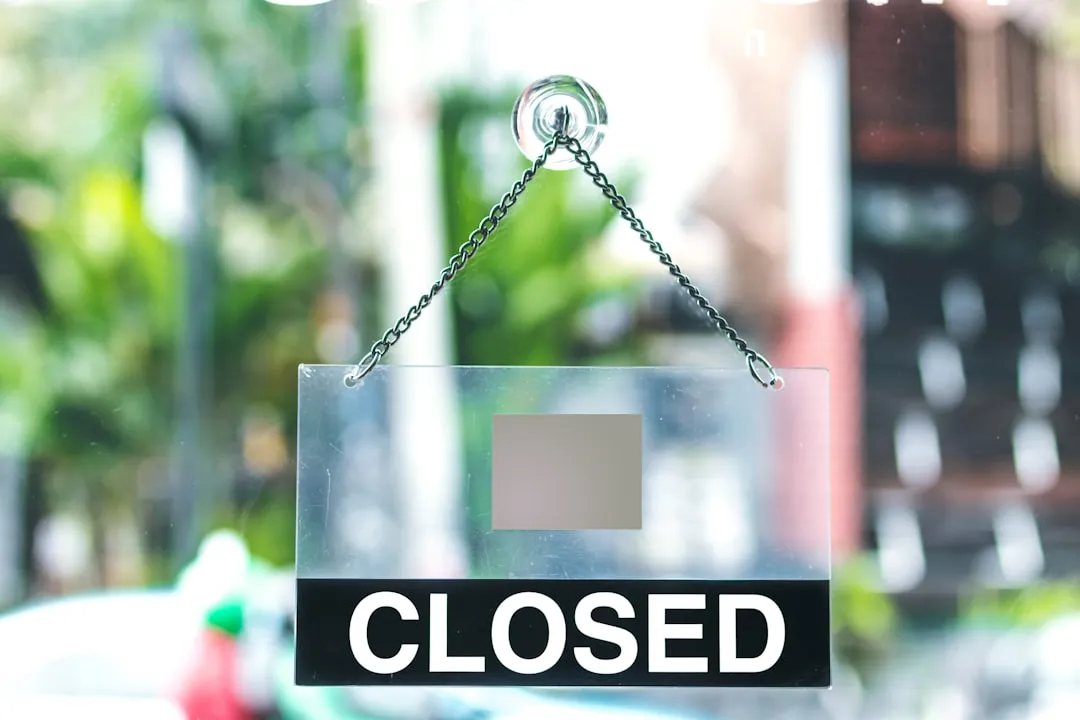
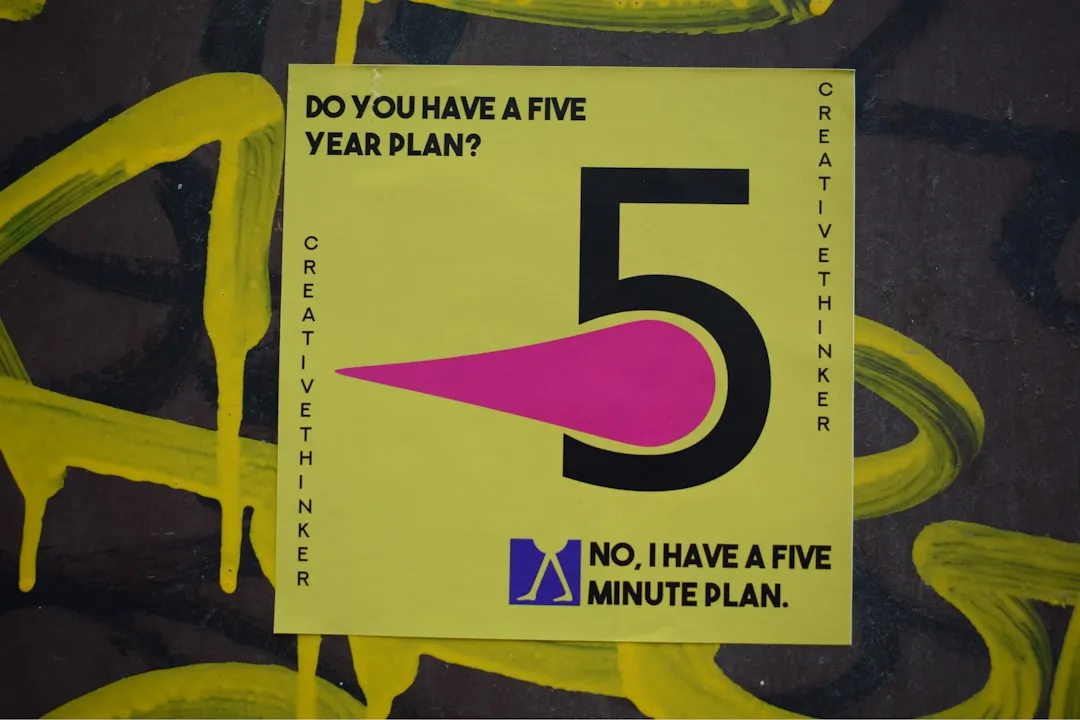
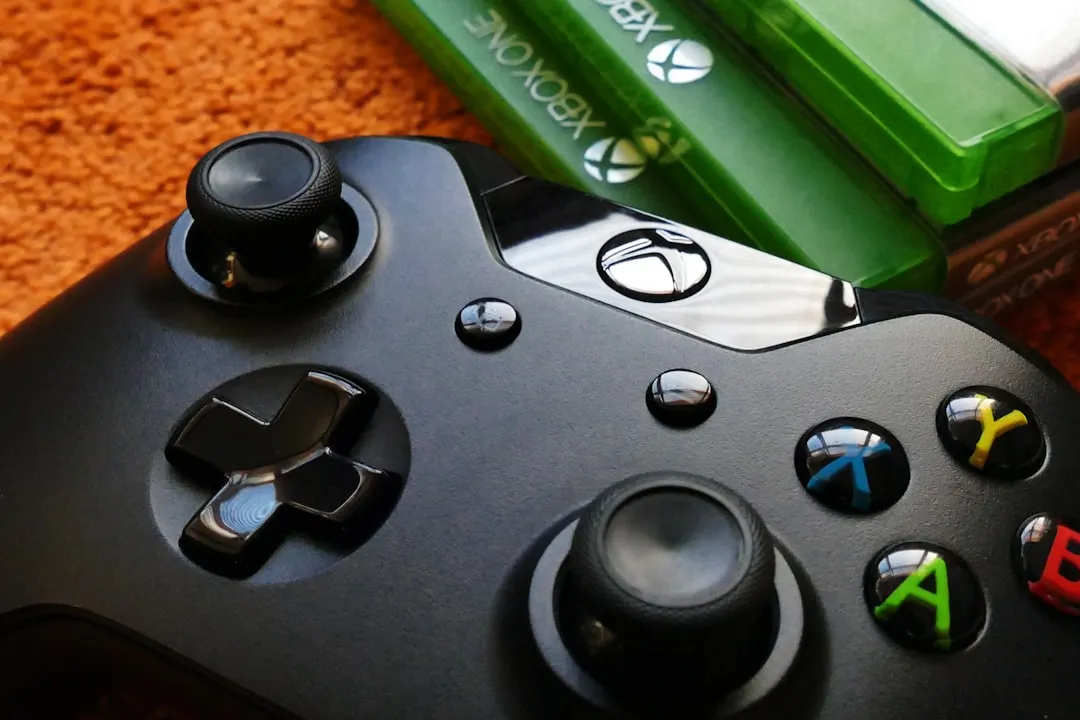
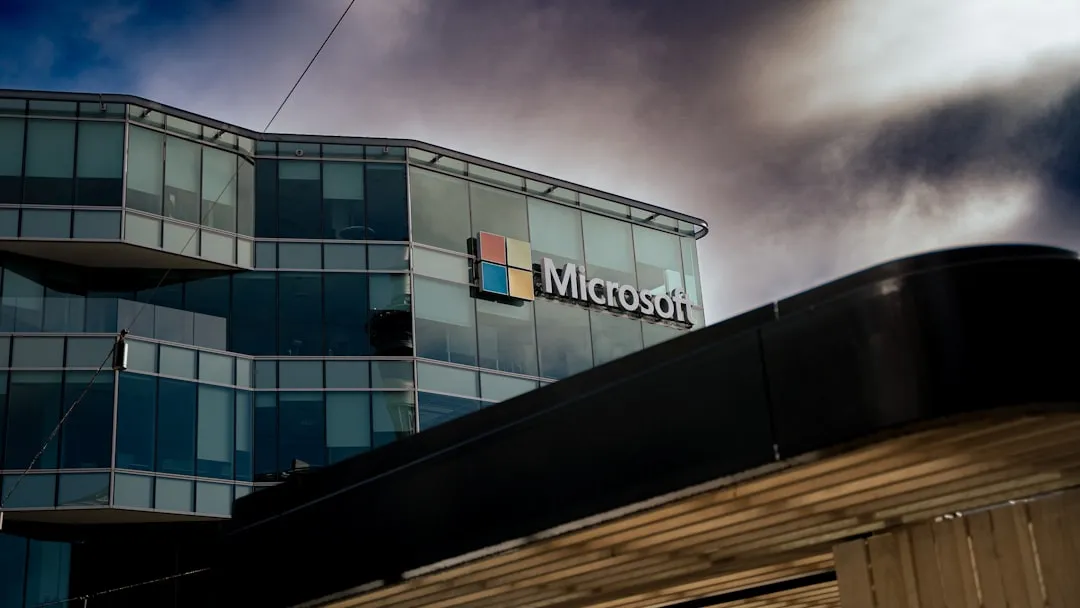

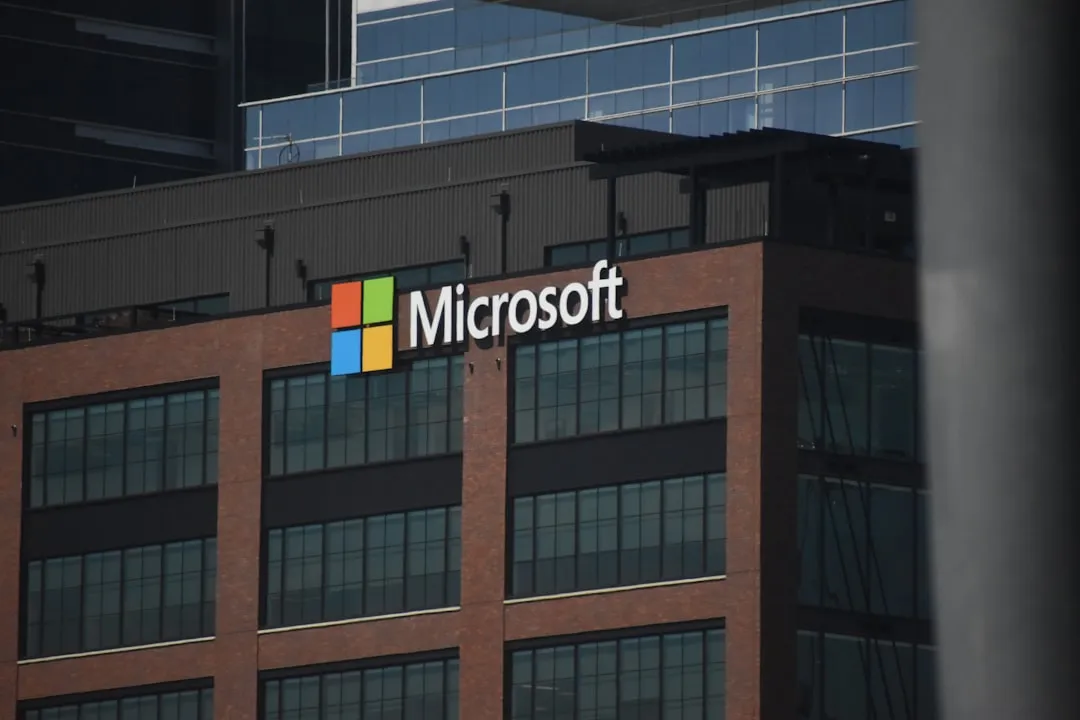
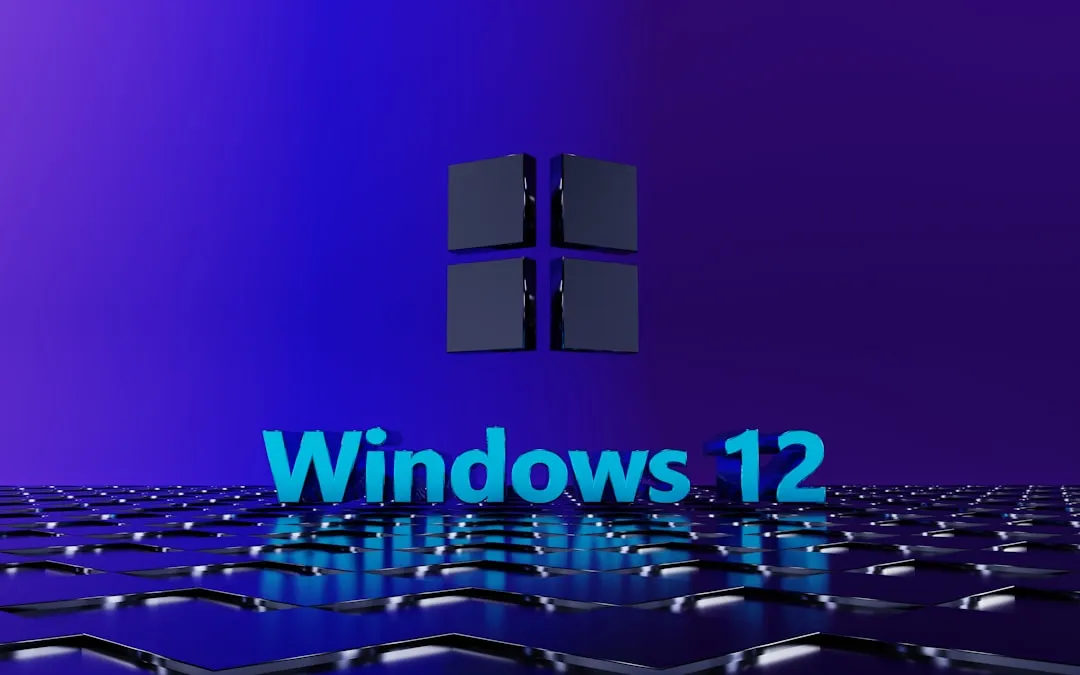
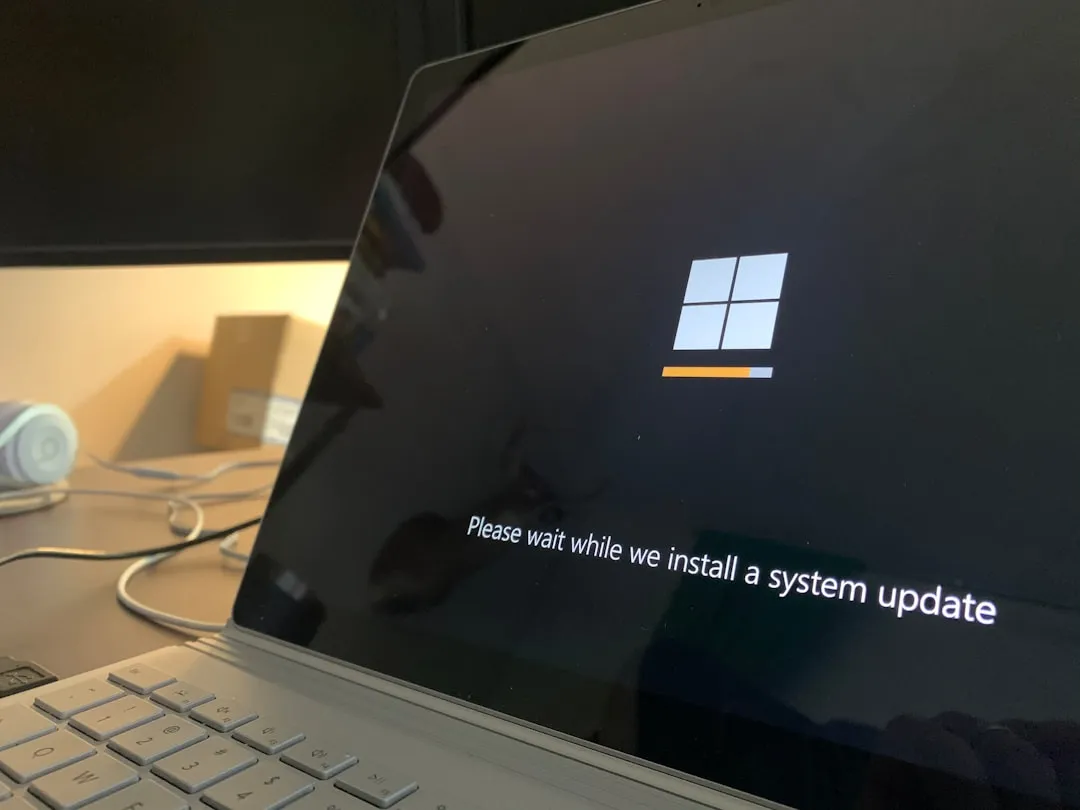
Comments
Be the first, drop a comment!